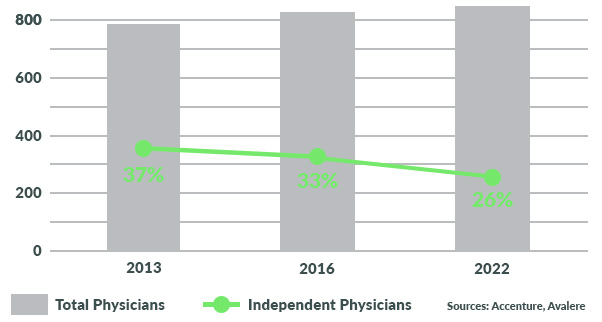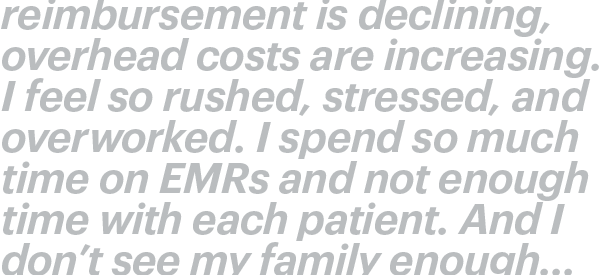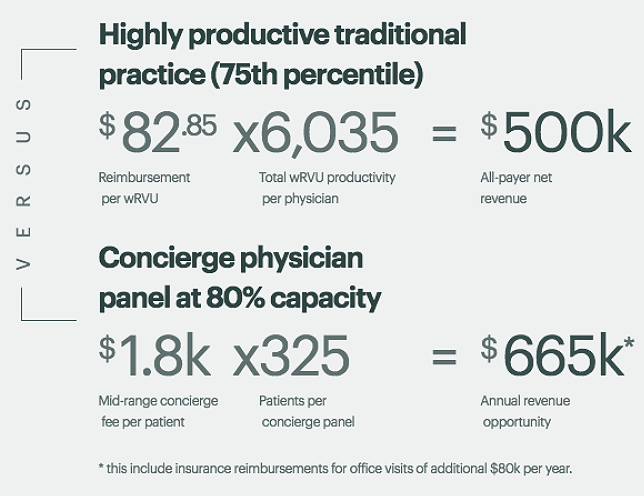The concierge model allows physicians to spend more time with each patient, building a meaningful connection that benefits the patient and fulfills the physician.
This relationship allows physicians to focus on preventative care and health literacy, both of which have been proven to improve overall health outcomes, reduce hospital and ER utilization and curb unnecessary testing and procedures.
Since 2002, Specialdocs Consultants has empowered physicians to transition their practices to the concierge medicine model and make a real impact on the health of their communities.
Among the many concierge medicine benefits available through Specialdocs’ services, you could spend less time on paperwork, experience fewer administrative responsibilities and gain greater financial independence.
Additionally, patients could enjoy more specialized attention that is focused on delivering the best level of care. Because concierge practitioners are not beholden to the same restrictions imposed by insurance providers, these physicians are free to explore multiple treatment options and can work more closely with patients to ensure a smooth and comprehensive healing process.


